チェルノブイリと福島第一原発は史上最悪の原発事故を起こした。原子力災害のレベル7を指定されたのはこの二つだけだ。前者の自己は1986年4月26日。後者は2011年3月11日。それぞれ520万テラベクレル、37万テラベクレルの放射線が放出された。事故後、原発から、半径それぞれ500㎞および60㎞が、放射能汚染地帯に指定された。事故は原因も被害も様々だったが、同じような荒涼たる風景を残した。写真を見てどちらがどちらだかわからないこともある。

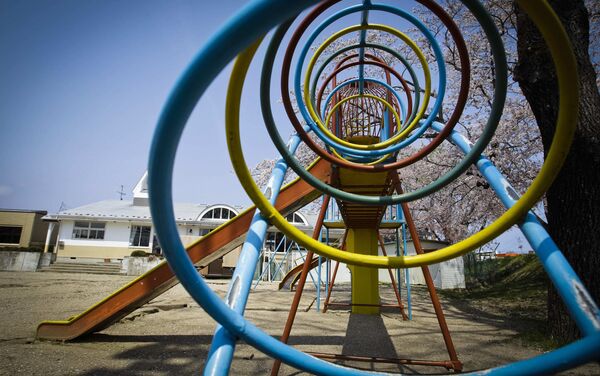

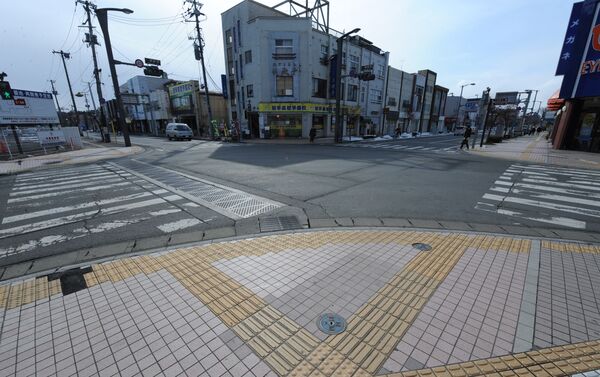
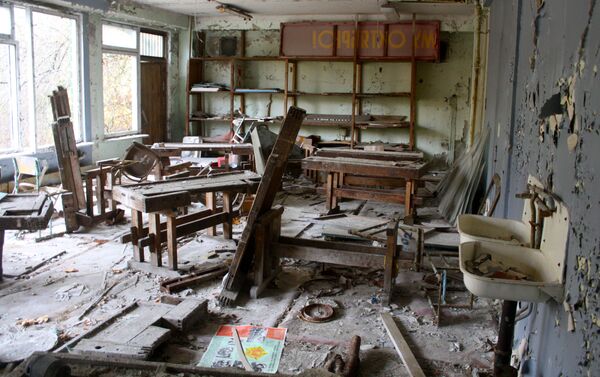
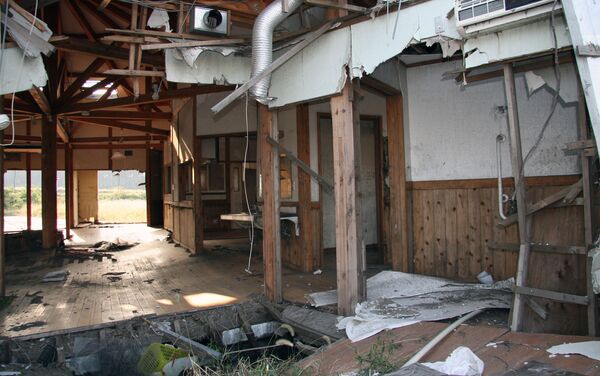


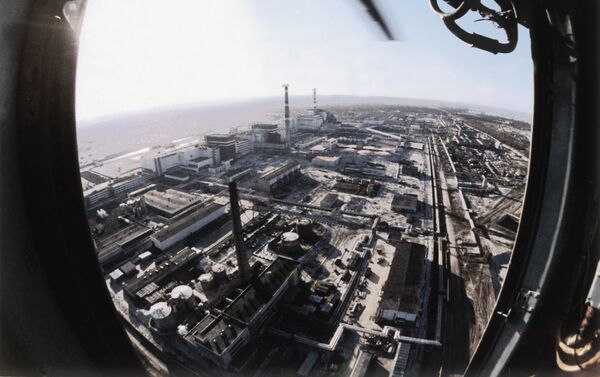
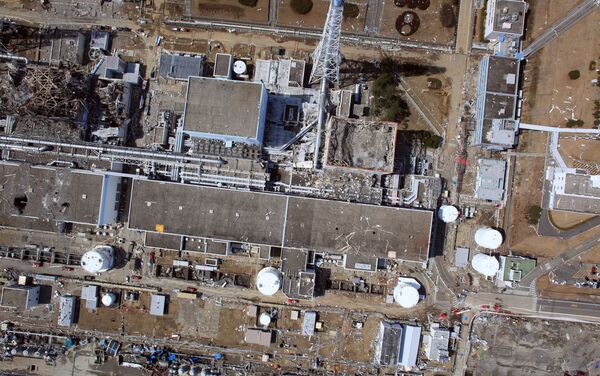
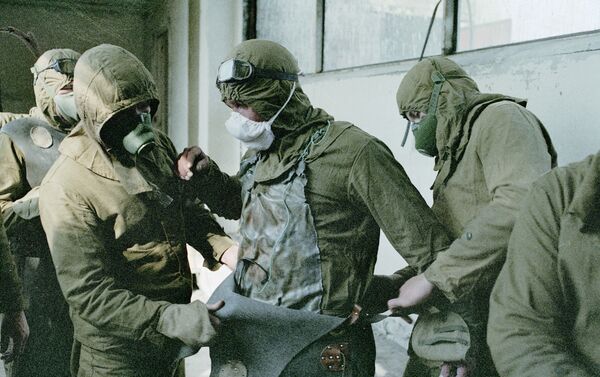
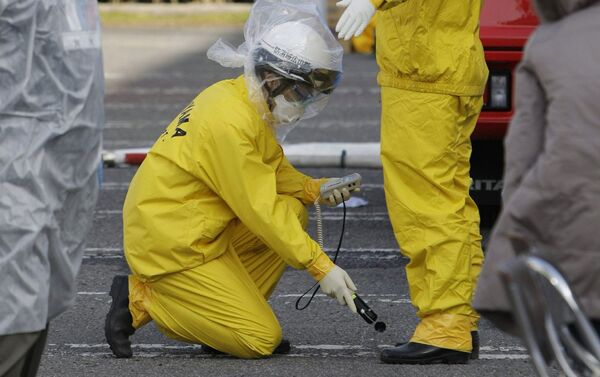
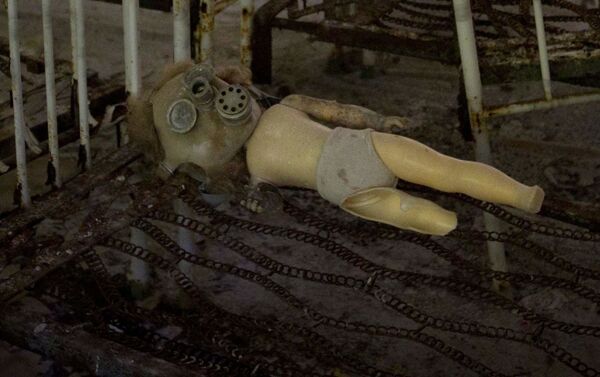
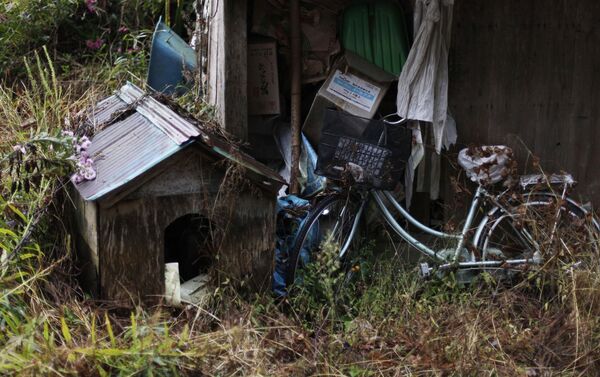
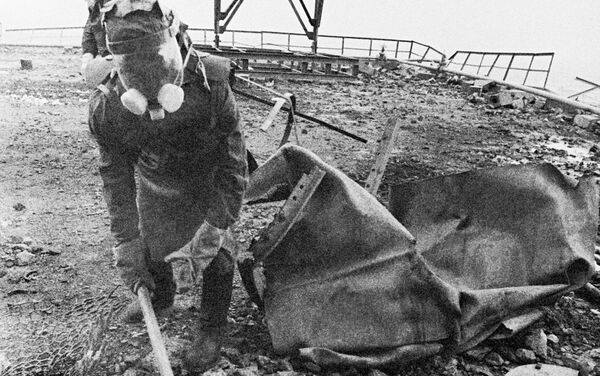

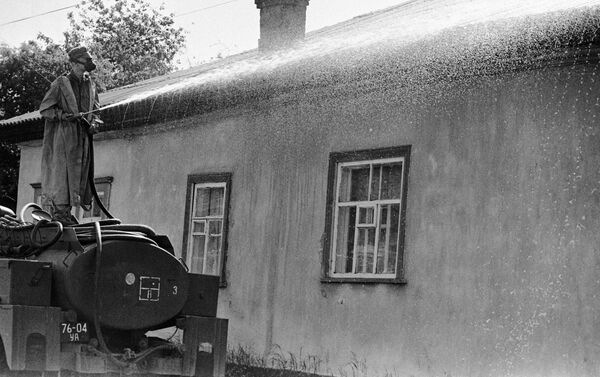


Picture taken in April 1992 in a village in Gomel area abandoned because of the radioactive contamination produced by the Chernobyl nuclear plant No. 4 reactor's blast, 26 April 1986, the world's worst nuclear accident of the 20th century.
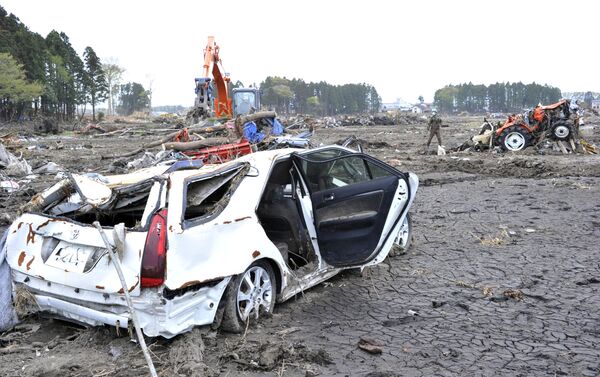


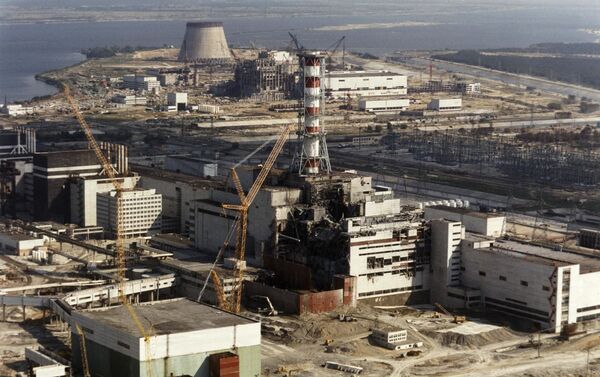
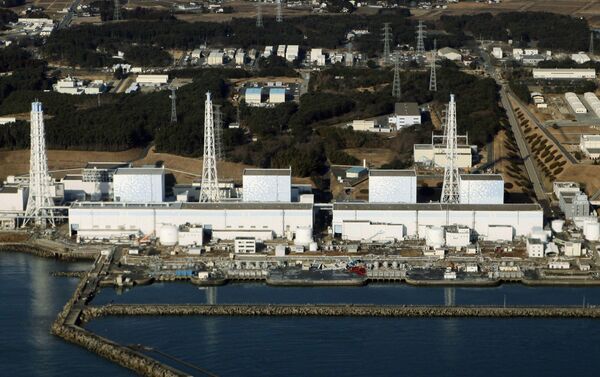
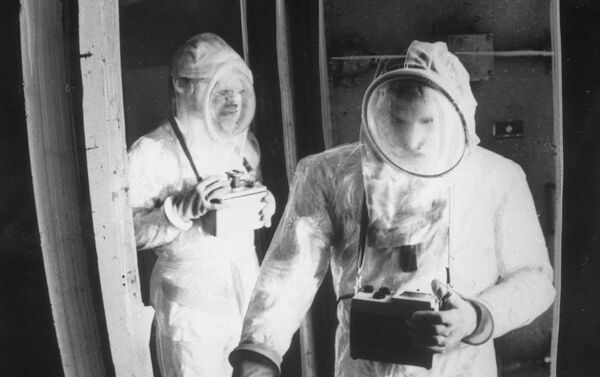

Picture taken in April 1992 in a village in Gomel area abandoned because of the radioactive contamination produced by the Chernobyl nuclear plant No. 4 reactor's blast, 26 April 1986, the world's worst nuclear accident of the 20th century.
しかし、恐ろしい雰囲気や現実的な危険にもかかわらず、あるいは、むしろそれらのことのおかげで、チェルノブイリ原発の立ち入り制限区域は90年代半ばから、略奪者だけでなく、観光客が入るようになった。多くが旅行会社のサービスで合法的に入ったのだ。最初のツアーは1995年。2002年には国連報告書で区域のほとんどがすでに特に人体に有害ではなくなっているとされた。以降毎年1000人をこえるペースで可能客は増え続け、2007年には現実のチェルノブイリ原発周辺をもとにしたゲーム「S.T.A.L.K.E.R.」が発表された。ゲームの人気が高まるほどに、ツアーの人気も高まって行った。
ゲーム名にもあるように、チェルノブイリ原発周辺に不法侵入する人のことを「ストーカー」と呼び、この間にこの分野は一種のサブカルチャーとなり、サイトやフォーラムをネット上にもち、地図や観光ガイド本、さらには、特殊な装備や技術まで生み出されている。さらには「ストーカーのメッセンジャー」なる機関紙まで出ている。処罰の恐怖も彼らの足枷とはならない。ウクライナの法制では立ち入り制限区域への立ち入りは刑事犯罪にさえなるというのに。合法的な侵入は検問で特別な許可証や身分証などを示し、付添人を伴わなければならず、勝手に区域内を移動することは禁じられている。
にもかかわらず、区域内には、不法に歩き回っているもの、どころか、不法に住んでいるものもである。事故処理後に自家に帰還したものもいれば、勝手に無主の家に住みついたものもいる。
チェルノブイリ原発観光は禁じられていないどころか、非常に人気でさえある。2009年にはフォーブス誌で同原発が世界最高に「エキゾチックな」旅行先として紹介された。グーグルで検索すれば膨大な数の旅行会社がヒットし、団体、個人、長さも1日から30日まで、様々なプランが提示されている。クライアントは様々だ。学者、記者、元住人、パニックものやホラーものが好きな人たち。世界数十カ国から観光客が訪れる。その中には当然、日本人もいる。
中でも最大級の旅行社のひとつGo2Chernobylによれば、クライアントは時に週3-4000人に上るという。昨年は2万人もが同原発を訪れたという。日本など東アジアからの参加者は近隣諸国と比べて少ないが、日本人団体が来るようになったのはつい最近のことだという。日本人向けガイドであるヴィクトルはスプートニクのインタビューで、日本人団体は木の人形を持ってきて、それと至る所で写真を撮っていた、と語った。また日本からは同じようなツアーを日本の福島でも行いたいという人も来た、という。


